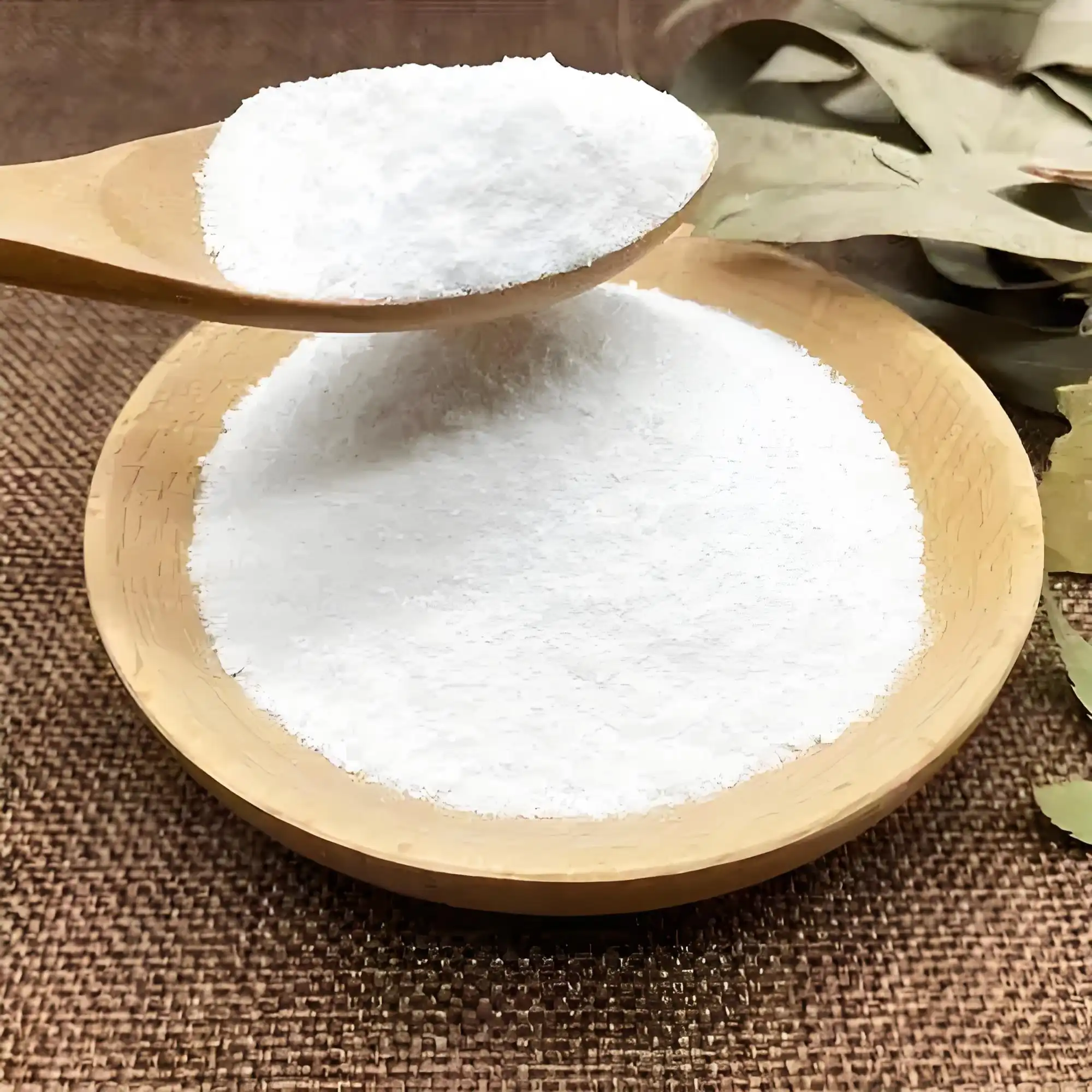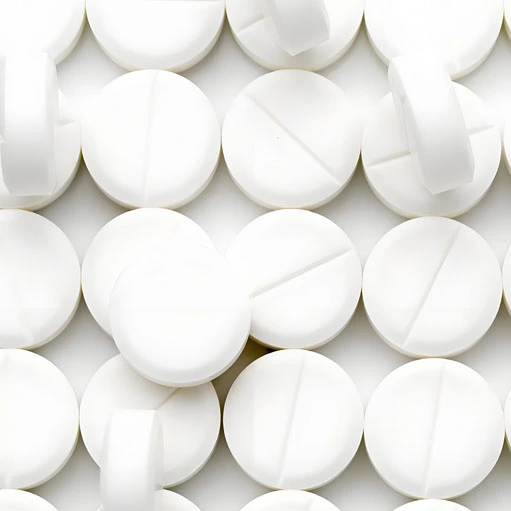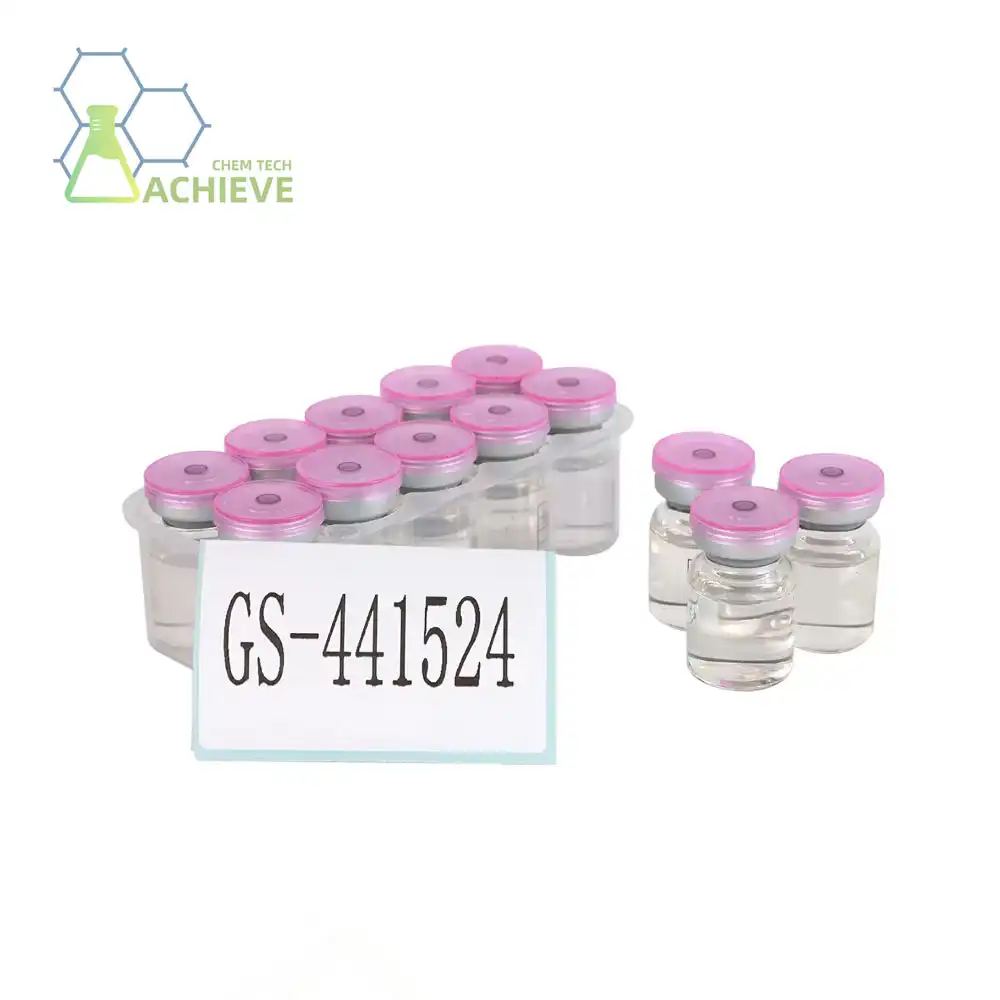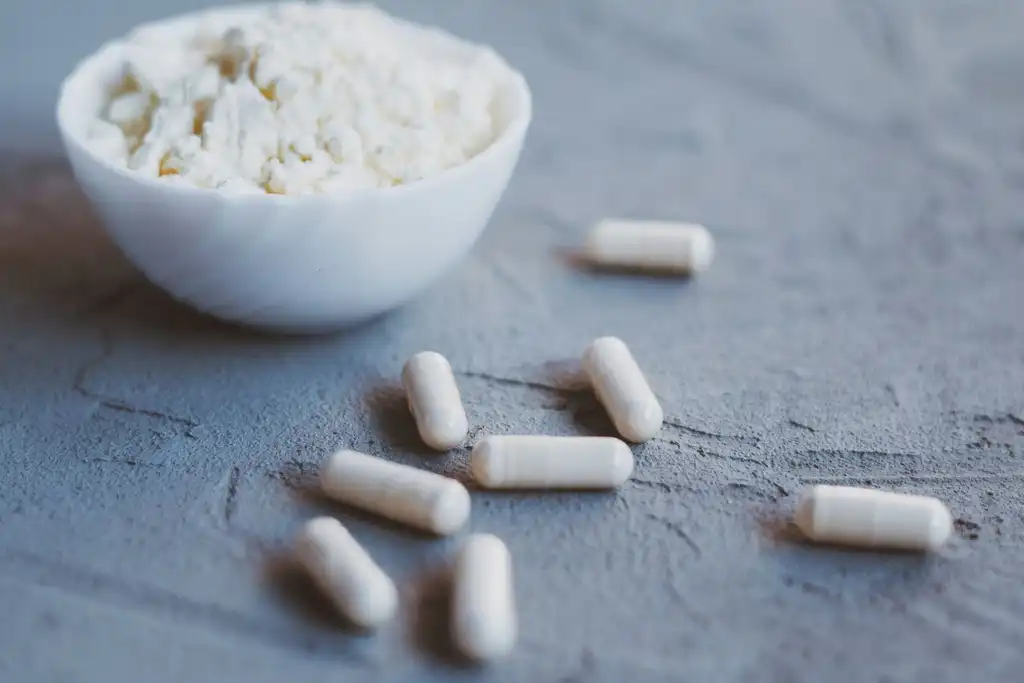How does spermidine activate autophagy?
Autophagy, the cellular process of self-cleaning and recycling, has garnered significant attention in recent years due to its potential role in promoting longevity and overall health. One compound that has emerged as a powerful activator of autophagy is spermidine. This naturally occurring polyamine, found in various foods and available as a spermidine supplement, has shown remarkable potential in triggering the body's cellular cleanup mechanisms. But how exactly does spermidine work its magic? Let's delve into the fascinating world of cellular biology to uncover the mechanisms behind spermidine's autophagy-activating prowess.
Product: http://www.bloomtechz.com/synthetic-chemical/additive/spermidine-powder-cas-124-20-9.html
|
|
|
|
MTOR inhibition mechanism
One of the primary ways spermidine activates autophagy is through its inhibitory effect on the mammalian target of the rapamycin (mTOR) pathway. mTOR is a crucial regulator of cellular metabolism and growth, acting as a molecular switch between anabolic (building up) and catabolic (breaking down) processes. When mTOR is active, it suppresses autophagy, focusing the cell's energy on growth and proliferation. However, when mTOR is inhibited, it triggers a cascade of events that ultimately lead to the activation of autophagy.
Spermidine's role in this process is multifaceted. It has been observed to directly interact with and inhibit mTOR complex 1 (mTORC1), a key component of the mTOR pathway. This inhibition leads to the activation of several downstream effectors, including the unc-51-like kinase 1 (ULK1) complex, which is essential for initiating the formation of autophagosomes – the cellular structures responsible for engulfing and degrading cellular debris and dysfunctional organelles.
Moreover, spermidine has been shown to enhance the activity of AMP-activated protein kinase (AMPK), another important regulator of cellular energy homeostasis. AMPK activation further contributes to mTOR inhibition and promotes autophagy induction. This dual action of spermidine on both mTOR and AMPK pathways creates a potent synergistic effect, amplifying the autophagy-inducing signal within cells.
The spermidine effect on mTOR inhibition is particularly intriguing because it mimics the cellular response to nutrient deprivation or caloric restriction – interventions that have been consistently linked to increased lifespan and health span across various species. By activating these longevity-associated pathways without the need for actual food restriction, spermidine offers a promising avenue for promoting cellular health and potentially extending lifespan.
LC3-II conversion process
Another critical aspect of spermidine's autophagy-activating mechanism involves the conversion of LC3-I to LC3-II. LC3, or microtubule-associated protein 1A/1B-light chain 3, is a key player in the autophagy process, particularly in the formation and maturation of autophagosomes. The conversion of LC3-I to its lipidated form, LC3-II, is a hallmark of autophagy activation and is often used as a marker to measure autophagic activity.
|
|
|
Spermidine has been shown to significantly enhance the conversion of LC3-I to LC3-II, thereby promoting the formation of autophagosomes. This process begins with the activation of ATG7, an E1-like enzyme that initiates the conjugation of phosphatidylethanolamine (PE) to LC3-I. Spermidine appears to upregulate the expression of ATG7 and other autophagy-related genes, facilitating this crucial step in autophagosome formation.
Furthermore, spermidine has been observed to increase the overall levels of LC3 protein in cells. This augmentation of LC3 availability ensures that there is an ample supply of this essential component for autophagosome formation, further enhancing the cell's capacity for autophagy.
The LC3-II conversion process triggered by spermidine is particularly important because it represents a key step in the expansion and completion of the autophagosome membrane. As LC3-II becomes incorporated into the growing autophagosome, it helps to recruit other proteins necessary for cargo recognition and membrane fusion. This orchestrated process ensures that cellular components targeted for degradation are efficiently engulfed and sequestered within the autophagosome.
Interestingly, the ability of spermidine to promote LC3-II conversion appears to be dose-dependent, with higher concentrations of spermidine leading to more pronounced effects. This observation underscores the potential benefits of spermidine supplement in achieving optimal autophagy activation, particularly in scenarios where endogenous spermidine levels may be insufficient to trigger a robust autophagic response.
Lysosomal activation
The final crucial step in the autophagy process involves the fusion of autophagosomes with lysosomes, forming autolysosomes where the engulfed cellular components are ultimately degraded and recycled. Spermidine plays a significant role in this phase as well, primarily through its effects on lysosomal activation and function.
|
|
|
One of the key mechanisms by which spermidine enhances lysosomal activity is through the upregulation of transcription factor EB (TFEB). TFEB is often referred to as the "master regulator" of lysosomal biogenesis and function. When activated, TFEB translocates to the nucleus where it promotes the expression of genes involved in lysosomal formation and autophagy. Spermidine has been shown to increase TFEB nuclear translocation, thereby amplifying the cell's lysosomal and autophagic capacities.
Moreover, spermidine appears to enhance the acidification of lysosomes, a crucial factor in their degradative function. The acidic environment within lysosomes is essential for the optimal activity of hydrolytic enzymes responsible for breaking down cellular debris. By promoting lysosomal acidification, spermidine ensures that the autophagic cargo is efficiently processed and recycled.
Another intriguing aspect of spermidine's effect on lysosomes is its ability to modulate calcium signaling. Calcium ions play a vital role in various stages of the autophagy process, including the fusion of autophagosomes with lysosomes. Spermidine has been observed to influence intracellular calcium levels and signaling pathways, potentially facilitating the fusion events necessary for autolysosome formation.
The lysosomal activation induced by spermidine not only enhances the efficiency of autophagy but also contributes to overall cellular health. Properly functioning lysosomes are crucial for maintaining cellular homeostasis, as they play a role in various processes beyond autophagy, including nutrient sensing, energy metabolism, and cell death regulation. By promoting lysosomal health, spermidine may offer benefits that extend beyond its direct effects on autophagy activation.
It's worth noting that the lysosomal effects of spermidine appear to be particularly pronounced in aged cells or tissues, where lysosomal function tends to decline. This suggests that spermidine supplementation might be especially beneficial in combating age-related declines in cellular function and promoting healthy aging.
Conclusion
The ability of spermidine to activate autophagy through multiple mechanisms – mTOR inhibition, LC3-II conversion, and lysosomal activation – underscores its potential as a powerful tool for promoting cellular health and longevity. By orchestrating these various pathways, spermidine creates a synergistic effect that not only initiates autophagy but also ensures its efficient completion.
The multifaceted nature of spermidine's action on autophagy also highlights its potential versatility in addressing various health concerns. From neurodegenerative disorders to cardiovascular diseases, many conditions associated with impaired autophagy might benefit from interventions that boost this cellular cleanup process.
As research in this field continues to evolve, we are likely to uncover even more intricate details about how spermidine interacts with our cellular machinery to promote health and longevity. The growing body of evidence supporting the benefits of spermidine has already led to increased interest in its potential as a nutraceutical or therapeutic agent.
For those in the pharmaceutical, polymer, plastics, paints and coatings, water treatment, oil and gas, or specialty chemicals industries, understanding the mechanisms of spermidine's action could open up new avenues for product development and innovation. Whether you're looking to develop new drug formulations, create advanced materials with autophagy-promoting properties, or explore novel applications in water treatment or industrial processes, the insights gleaned from spermidine research could prove invaluable.
At BLOOM TECH, we're at the forefront of chemical innovation, with state-of-the-art facilities and expertise in a wide range of chemical reactions and purification techniques. Our GMP-certified production site and skilled team are ready to support your research and development efforts in exploring the potential of spermidine and related compounds. If you're interested in learning more about how our chemical products and expertise can benefit your industry, we invite you to reach out to us at Sales@bloomtechz.com. Let's work together to unlock the full potential of spermidine and drive innovation in your field.
References
1. Eisenberg, T., et al. (2009). Induction of autophagy by spermidine promotes longevity. Nature Cell Biology, 11(11), 1305-1314.
2. Madeo, F., et al. (2018). Spermidine in health and disease. Science, 359(6374), eaan2788.
3. Morselli, E., et al. (2011). Spermidine and resveratrol induce autophagy by distinct pathways converging on the acetylproteome. Journal of Cell Biology, 192(4), 615-629.
4. Minois, N. (2014). Molecular basis of the 'anti-aging' effect of spermidine and other natural polyamines - a mini-review. Gerontology, 60(4), 319-326.

Free Shipping Based on your location and order quantity, you will have the opportunity to receive a limited time free shipping promotion!
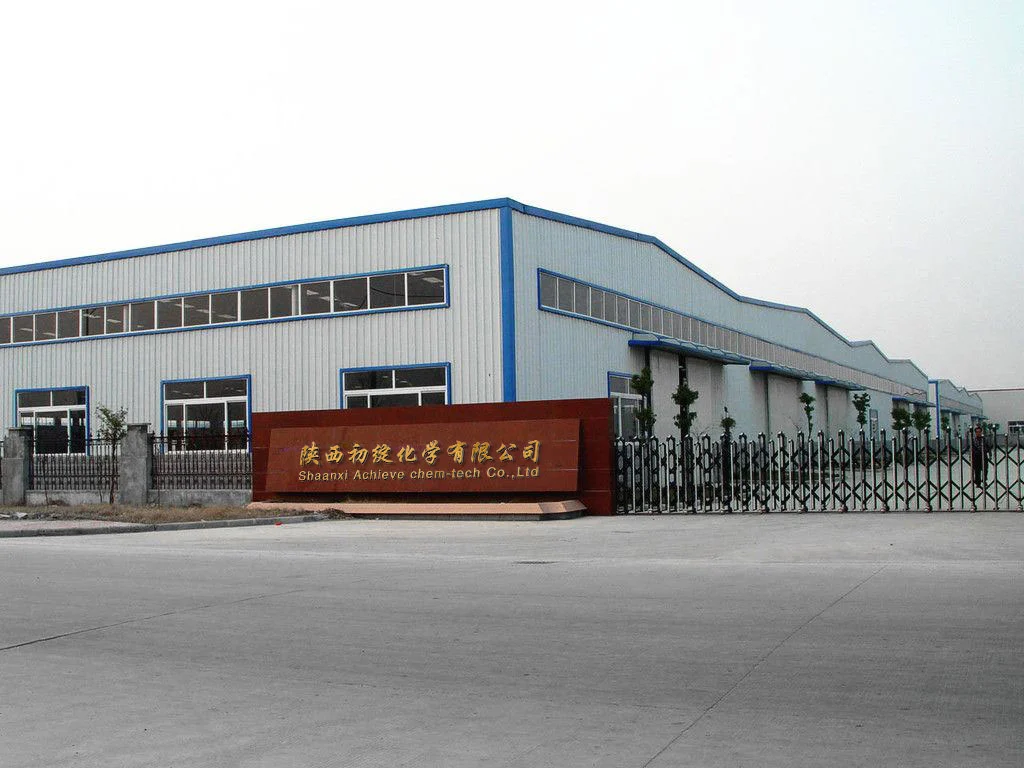
BLOOMTECHZ
